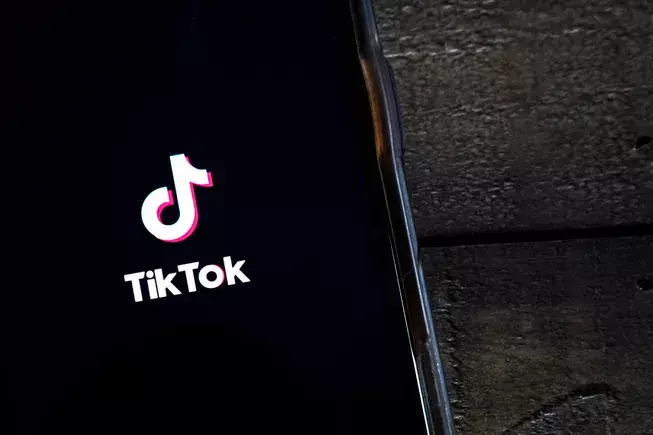The world of social media is often fraught with volatility, but few platforms have experienced the rollercoaster ride of TikTok. The recent announcement that TikTok may become unavailable to U.S. users due to government regulations has sent shock waves through its extensive user base. While the application has managed to capture millions of hearts, it now finds itself at a crossroads, dictated by political agendas and concerns over cybersecurity. This article explores the complexities surrounding TikTok’s future in the United States, analyzing the implications for users, regulators, and the platform itself.
At the heart of TikTok’s impending unavailability is the “Protecting Americans from Foreign Adversary Controlled Applications Act,” a legislative measure that aims to address growing concerns about data privacy and foreign influence. U.S. officials have continuously voiced worries that the Chinese-owned platform could be mining user data and spreading disinformation. Although TikTok has consistently dismissed these allegations, the scrutiny has ramped up due to heightened geopolitical tensions.
The bill, which recently gained judicial backing from the Supreme Court, mandates that TikTok either sell its operations to an American entity or cease operations in the U.S. As a result, the platform must either comply or suffer the consequences of a forced shutdown. Critics have pointed out that part of the issue stems from a lack of transparency in TikTok’s data practices, fueling a climate of distrust. Legislators are presenting this not only as a move for user safety but also as a critical step to limit foreign influence in American digital life.
In response to news of its potential shutdown, TikTok has indicated a determination to work through these challenges. The company has described its status as “temporary,” suggesting that it may have options to bridge the gap, one of which includes negotiating with potential buyers, should that scenario arise. The incoming administration under Donald Trump has hinted at a possibility for a 90-day delay, allowing the app to operate while alternative solutions are evaluated.
The intrigue intensifies when considering Trump’s personal affiliation with TikTok. Previously, he had sought to impose a ban on the app back in 2020, largely in retaliation against China for the pandemic. However, he might now be contemplating a more favorable approach, positioning himself as an ally rather than an adversary. Trump’s involvement raises questions about potential conflicts of interest, particularly if support for TikTok could translate into political capital among its user base.
An interesting twist is that the responsibility for enforcing the TikTok ban primarily lies with app stores. This indicates that while TikTok may genuinely be seeking to negotiate a favorable outcome, the reality on the ground depends on a web of compliance and enforcement. App store operators face the dilemma of enhanced scrutiny and potential repercussions should they disregard the law. This places them in a precarious position and complicates TikTok’s attempt to maintain its foothold in the U.S. market.
Despite the challenging landscape, hopes are pinned on possible accommodations from the incoming administration, suggesting that TikTok’s user base may not need to brace themselves for a lengthy absence. Whether these assurances translate into tangible outcomes remains to be seen.
This entire episode presents larger implications not only for TikTok but for the digital landscape in America as a whole. Users are demanding more transparency from social media platforms regarding data privacy. The scrutiny surrounding TikTok could pave the way for stricter regulatory frameworks governing all apps, particularly those that store sensitive user information. As policies evolve, users will likely expect a more secure experience across the board, elevating the urgency for all companies to adopt preventive measures against data breaches and misuse.
Moreover, the TikTok predicament amplifies the discourse on user empowerment within digital ecosystems. As users express their preferences for specific platforms, the tug of war between regulation and innovation takes center stage. Users will be keenly watching as TikTok navigates this challenging phase; any missteps could lead to long-term reputational damage.
TikTok’s impending absence brings forth myriad questions and concerns. While the platform grapples with governmental scrutiny, the potential for a quick resolution lingers on the horizon, especially with the anticipated support from the incoming administration. As the situation unfolds, both users and stakeholders will be watching closely to see how TikTok adapts to the evolving regulatory environment. For now, TikTok aficionados can remain hopeful that the platform will emerge from this storm, albeit with renewed caution in an increasingly complex digital landscape.

